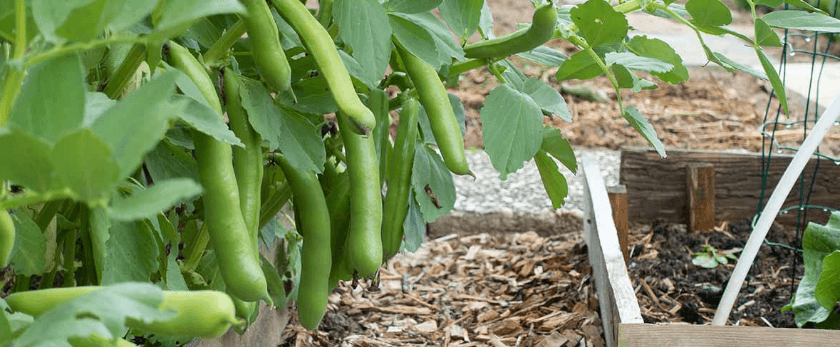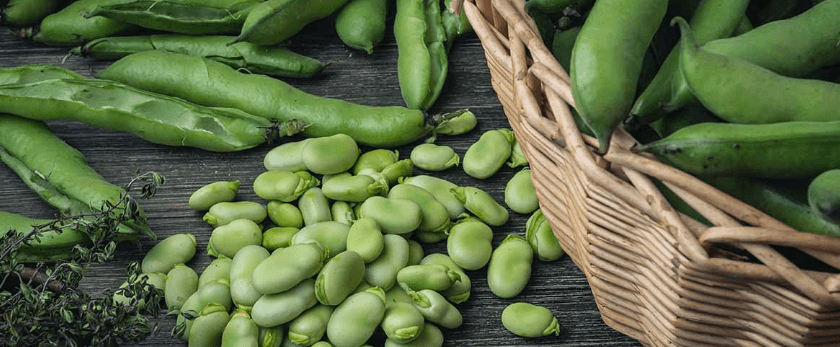Fava beans, also known as broad beans, are a delicious and nutritious addition to any garden. Not only are they easy to grow, but they also have numerous benefits for both your health and the environment. In this article, we will discuss how to care for fava beans, the best time to grow them, and common problems you may encounter. So let's get started!
How to Care for Fava Beans
Watering
Fava beans require consistent moisture to thrive, but they do not like to be waterlogged. It is important to keep the soil evenly moist, but not soggy. Water deeply once a week, or more frequently during hot and dry weather. Avoid overhead watering, as this can lead to fungal diseases. Instead, water at the base of the plants.
Light
Fava beans prefer full sun, but they can also tolerate partial shade. If you live in a hot climate, providing some afternoon shade can help prevent the plants from wilting. If you are growing fava beans indoors, make sure they receive at least 6-8 hours of sunlight per day.
Soil
Fava beans prefer well-drained, fertile soil with a pH of 6.0-7.0. Before planting, amend the soil with compost or well-rotted manure to improve its nutrient content. Avoid using fresh manure, as it can burn the plants. Fava beans also have a deep root system, so make sure the soil is at least 12 inches deep.
Fertilizer
Fava beans are nitrogen-fixing plants, which means they have the ability to convert nitrogen from the air into a form that can be used by plants. This makes them excellent natural fertilizers for other plants in your garden. However, if your soil is lacking in nutrients, you can apply a balanced fertilizer at planting time.
Pruning
Fava beans do not require much pruning, but it is important to remove any dead or diseased leaves to prevent the spread of diseases. You can also pinch off the top of the plant when it reaches about 12 inches in height to encourage bushier growth.
What is the Best Time to Grow Fava Beans
Fava beans are cool-season crops and can be grown in both spring and fall. The best time to plant them depends on your location and climate. In general, fava beans should be planted 4-6 weeks before the last frost in spring or 6-8 weeks before the first frost in fall. They can also be planted in late summer for a fall harvest.

Common Problems With Growing Fava Beans
Aphids
Aphids are small, soft-bodied insects that suck the sap from plants, causing stunted growth and distorted leaves. They can be controlled by spraying the plants with a strong stream of water or by using insecticidal soap.
Powdery Mildew
Powdery mildew is a fungal disease that appears as a white, powdery coating on the leaves. It can be prevented by providing good air circulation and avoiding overhead watering. If your plants do get infected, you can use a fungicide to control the spread.
Bean Rust
Bean rust is a fungal disease that causes orange or brown spots on the leaves. It can be prevented by planting disease-resistant varieties and providing good air circulation. If your plants do get infected, remove and destroy the affected leaves and use a fungicide to control the spread.
Bean Weevils
Bean weevils are small, dark-colored beetles that feed on the seeds of fava beans. They can be controlled by handpicking them off the plants or by using a natural insecticide.
Conclusion
Fava beans are a versatile and easy-to-grow crop that can provide numerous benefits for your garden and the environment. By following the tips and techniques outlined in this article, you can successfully grow fava beans and enjoy their delicious and nutritious harvest. Remember to always practice responsible disposal methods for a sustainable future. Happy gardening!










